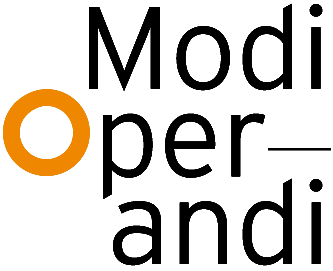SENSORS AND PUBLIC EXPERIENCE
CZ science captures alarming and fundamental environmental issues at multiple sites, and through long-term monitoring of ecosystems. CZ sensors are therefore designed to look down into the invisible underground, redirecting our gaze to the ground, the earth, the mud. Why do we do this? Because there are many phenomena happening in the ‘subterranean’ that we do not yet understand, such as macrobiotic life, waterways, rock weathering fronts, etc. The Earth, as Brouwer’s project rightly mentions, is indeed a moving entity and we must become sensitive to it. The interest of the project of this issue lies perhaps in the fact that it asks what a better link between the instrument and the citizen could be. Indeed, the environmental crisis, or the disconnect between what scientists tell us and our lack of reaction to it, is perhaps due to the fact that there is no interrelationship between the feeling of the sensor and the experience of the sensor by citizens. A strong hypothesis that could explain the difficult dialogue between the social and natural scientific worlds is the lack of interface between the sensors and the citizens’ experience of these sensors. As many authors advocate[21] , a representation of the earth through sensors is needed to renew our relationships to the earth. To understand the environmental crisis (characterized by soil erosion, resource depletion, or the loss of biodiversity), we may need to consider the crisis of representation of the earth. With the idea that producing new narratives, new descriptions with alternative tools would allow us to re-equip ourselves in an unstable, uncertain world. It is true that architecture has neglected the sensor, leaving it to techniques. This could be an important task for architecture. How can we design a territory in such a way that the public experiences what the sensors detect? But also in a way that is respectful and aware of scientific practice?
In this sense, the workshops on materiality are interesting (section Analysis, Modi Operandi[22] ), because they rematerialize a sometimes abstract thought. We see here that architecture does not deal with some hyperobject but is always confronted with objects, materials, something to touch and experience. This notion of experience is a legacy of pragmatist philosophers – Whitehead, Debaise[23] , Latour, or Haraway[24] – and a key notion. The project further discusses the place of the human body and the experience we can have of the earth, a topic that is not addressed in the CZ sciences and that could make an important contribution to reducing the gap between scientists and citizens. To go further, we could also ask: how do we integrate non-human living bodies? As architects, we have a responsibility. How do we build politics? How do we reclaim the earth, build communities, share and debate ideas on a cosmopolitical level[25] , not just human to human. Or should we see landscapes as bodies too – bodies without organs but with agency.
